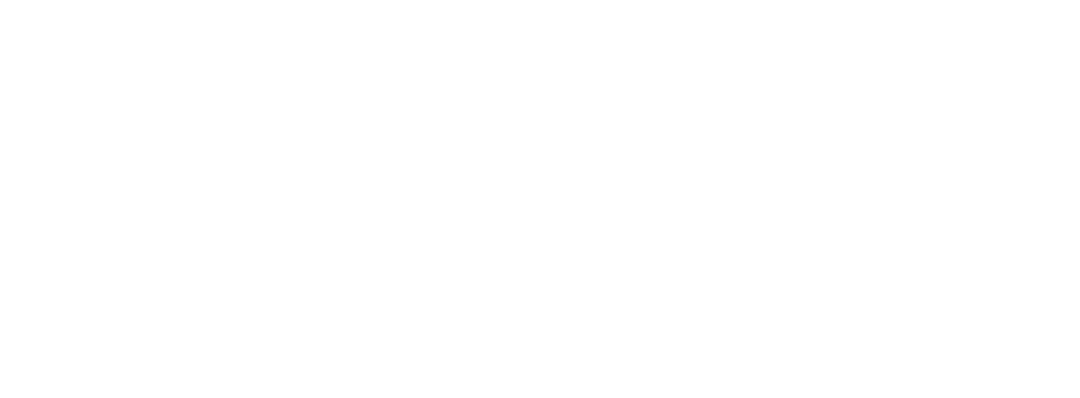Podcast: Play in new window | Download
Procedural sedation is one of the core procedures in Emergency Medicine. You WILL see this during your clerkship
Common Scenarios
- Cardioversion
- Orthopedic reductions
- Painful procedures
Three Step Approach to Procedural Sedation
- Step 1: Risk stratify the patient
- Mallampati score (aka “How visible is the uvula?”)
- Level 1: Can visualize THE WHOLE uvula
- Level 2: Can visualize MOST of the uvula
- Level 3: Can visualize SOME of the uvula
- Level 4: Can NOT visualize the uvula
- ASA (aka “How healthy are they?”)
- Level 1: Healthy
- Level 2: Mild illness
- Hypertension
- Hyperlipidemia
- Anemia
- Level 3: Major illness
- Diabetes
- Coronary disease
- COPD
- Chronic renal disease
- Level 4: Extremely unhealthy
- Dialysis patient
- Severe heart failure
- Chronically debilitated
- Level 5: Dying
- Patient needs operation to live
- Intracranial hemorrhage with midline shift
- Ruptured aortic aneurysm
- Ruptured papillary muscle with cariogenic shock
- Dissecting aortic aneurysm
- Patient needs operation to live
- Mallampati score (aka “How visible is the uvula?”)
- Step 2: Informed consent
- Patients sign a GENERAL CONSENT to treat when registering to the department
- Many emergency scenarios require physician to operate with IMPLIED CONSENT
- Many patients have an ADVANCED DIRECTIVE
- In stable patients and higher risk procedures, separate WRITTEN CONSENT is often required
- Varies by hospital
- Typically required for procedural sedation in stable patients
- Step 3: Gather supplies
- Nurse and nursing supplies
- IV
- Cardiac monitor
- Respiratory therapy and respiratory supplies
- Capnography
- Bag-valve mask
- Airway box
- Nurse and nursing supplies
Top 5 Procedural Sedation Medications
- Midazolam (“Versed”) – 0.02 mg/kg IV
- Reduces anxiety prior to procedure
- Provides no analgesia
- Fentanyl – 1 mcg/kg IV
- Reduces pain
- Useful for painful procedures
- Incision and drainage
- Simple reductions
- Propofol – 0.5-1mg/kg IV
- General anesthetic
- Best given “low and slow”
- Short acting
- Causes respiratory depression and hypotension
- Etomidate – 0.15 mg/kg IV
- General anesthetic
- Less hypotension than propofol
- Can cause myoclonus
- Ketamine – 1-2mg/kg IV
- “Dissociative”
- Provides both amnesia AND analgesia
- Can cause emergence reactions
- Can cause laryngospasm and secretions
Additional Reading
- Mallampati Score (Wikipedia)
- ASA Physical Status Classification (Wikipedia)
